The dangerous health risks that house cleaners, hairstylists and other service industry workers are exposed to every day
When you think of chronic obstructive pulmonary disease (COPD), you probably picture smokers. While it’s true that smoking is a leading cause, another huge culprit is your job. In fact, preventable work exposures account for about 15 percent of all COPD cases, according to a review published last year in the European Respiratory Journal.
“Any occupation where you are exposed to smoke, dust particles or fumes can put you at risk,” explains Marc Sala, MD, pulmonologist and critical care specialist at Northwestern Medicine in Chicago. Below are seven jobs linked to COPD — many of them in the service industry — and steps you can take to reduce your risk.
House cleaner
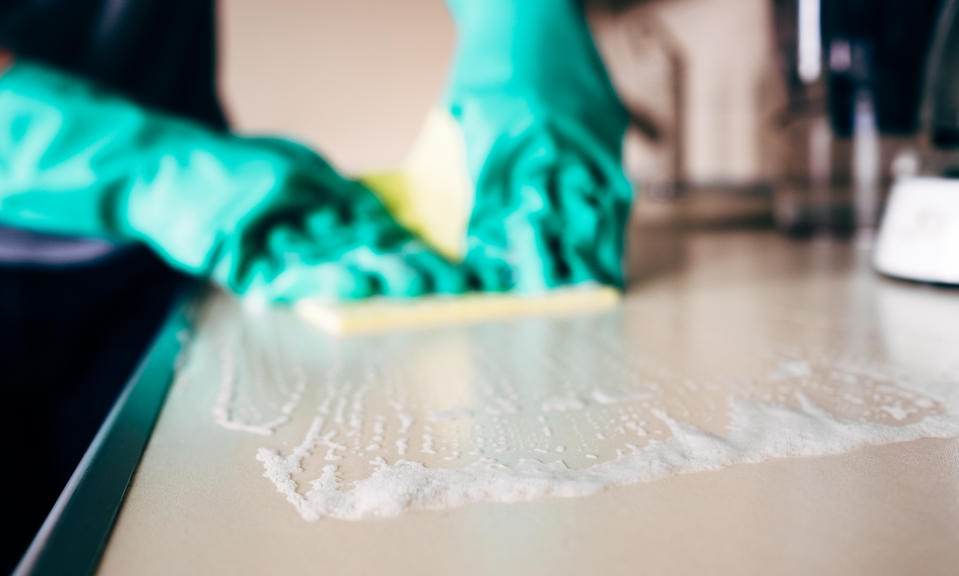
A 2018 study published in the American Journal of Critical Care and Respiratory Medicine found that the chemicals in household cleaning products damage your lungs as much as smoking cigarettes. “They contain substances such as chlorine that are linked to developing asthma and over time can cause permanent harm,” says Rovner.
You can help protect your lungs by wearing a mask when cleaning, and by using simpler agents like vinegar or baking soda, whenever possible, advises Rovner. “Green” cleaning agents are usually better, but they can still contain potentially caustic chemicals.
Bartender
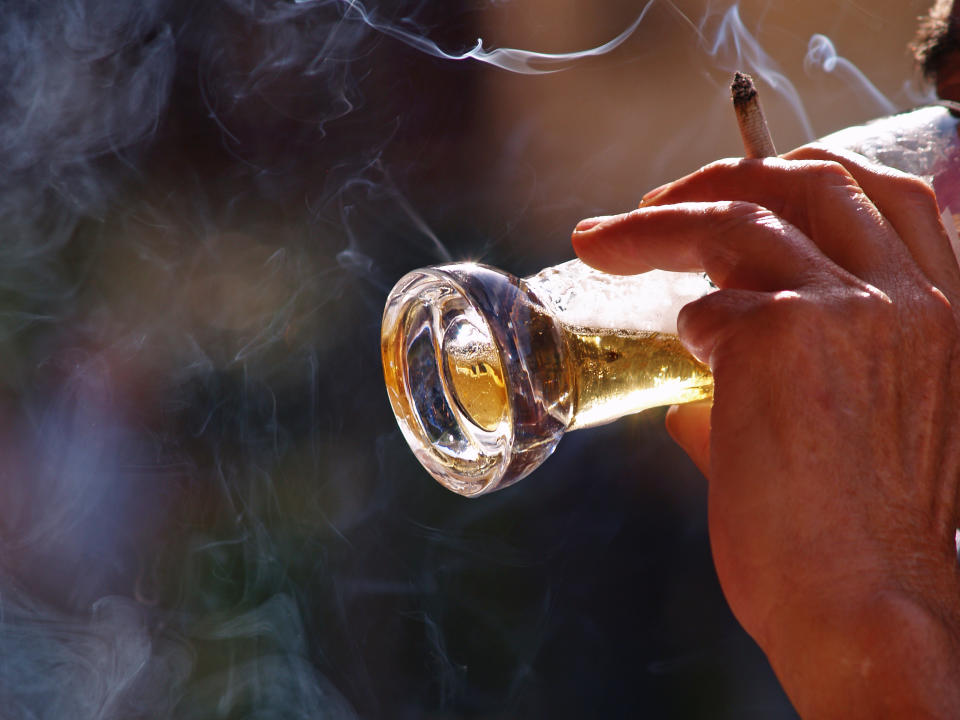
Thirty-six states now require restaurants and bars to be smoke-free. But if you work as a bartender or waiter in one of the remaining 14 states that doesn’t, you’re at increased risk of COPD. “Any occupation where smoking is permitted in a relatively closed space is problematic,” says Rovner. One survey of Wisconsin bartenders found that when the state banned smoking in 2005, they experienced a significant reduction in respiratory symptoms like wheezing, shortness of breath and chronic cough.
If you have to work in a smoke-filled bar, the best way to protect yourself is to wear a specific kind of mask known as a N95 mask (available online and in some drugstores), which filters out 95 percent of all air particles, including cigarette smoke. But since most employers won’t appreciate you being all masked up while you serve customers’ martinis, you may have to look for work in different area of the service industry.
Hairstylist or manicurist
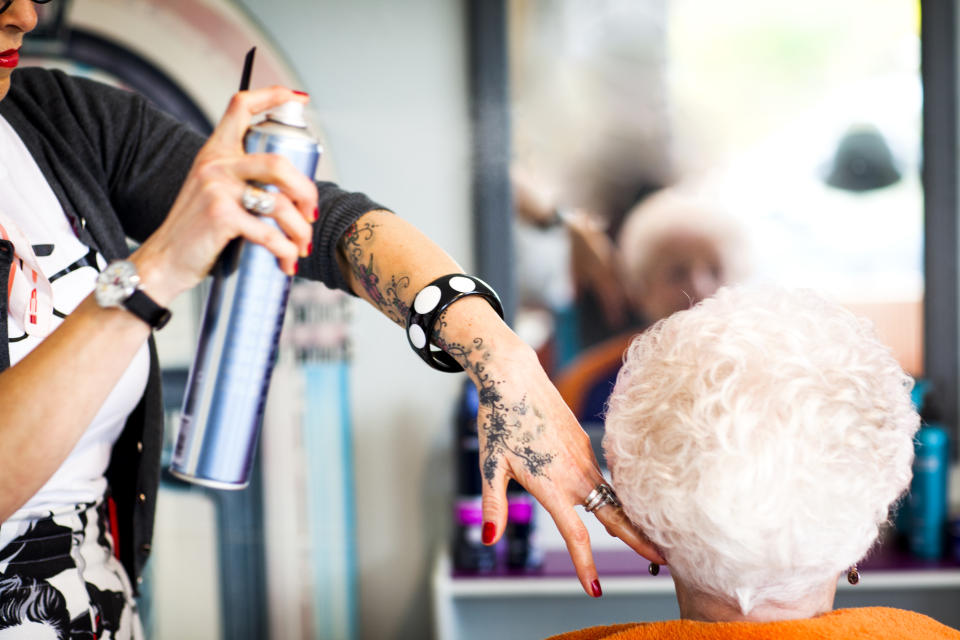
Hair and nail products contain ingredients such as formaldehyde, dibutyl phthalate or toluene, which can all be toxic to lungs, according to Sala.
If you work in a salon, consider wearing an N95 mask to protect yourself against potentially harmful chemicals, advises Sala. But do keep in mind that the industry isn’t regulated: “the U.S. Food and Drug Administration (FDA) does not require cosmetic and salon ingredients to undergo safety testing,” he explains. As a result, you don’t always know what chemicals you’re coming into contact with, and how safe you are.
Coal miner
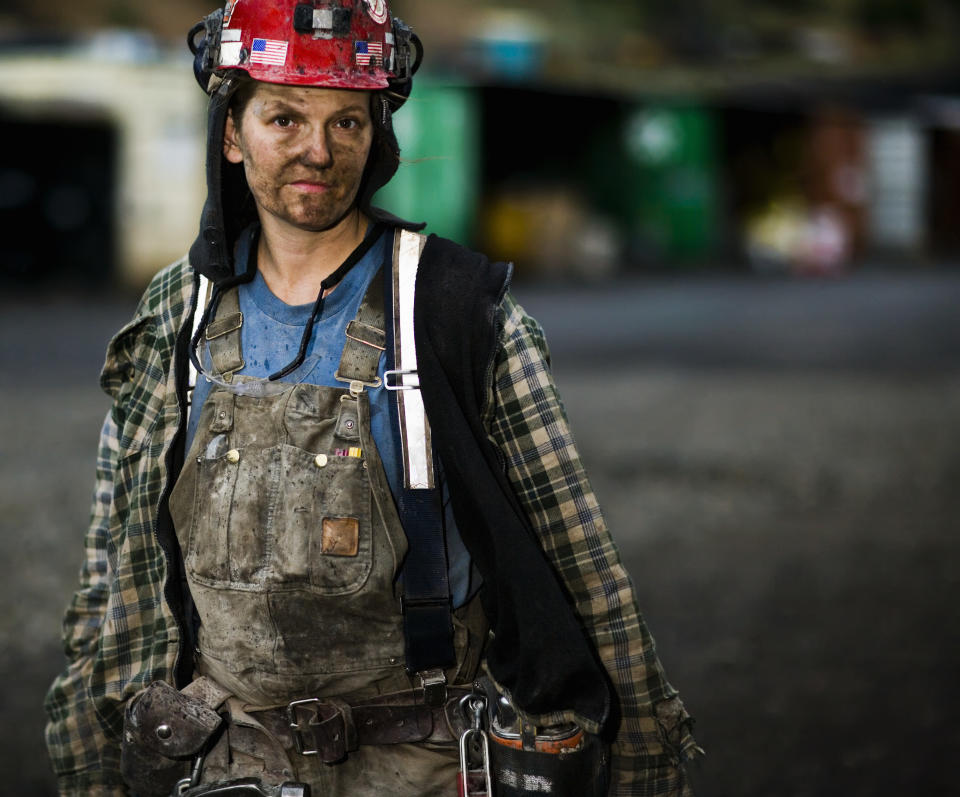
Miners have long been known to be at risk for a variety of lung conditions, including COPD. Now it appears that cases are on the rise, according to research presented last summer at the American Thoracic Society International Conference. “It’s a combination of exposure to coal dust and toxic gases in the mine,” explains Marc Rovner, MD, a pulmonologist at Indiana University Health in Indianapolis. In addition, today's mines may produce higher levels of silica, a substance even more damaging to the lungs than coal dust.
By law, employers must provide respirators to help prevent miners from breathing in too must dust. It’s also imperative that you not smoke: “We know that coal workers who do so are at much greater risk of developing COPD than nonsmoking miners,” says Rovner. In the U.S., all coal miners are required by law to receive a free lung screening when they start working in the industry, then for every five years afterward as long as they work in the coal mines.
Firefighter
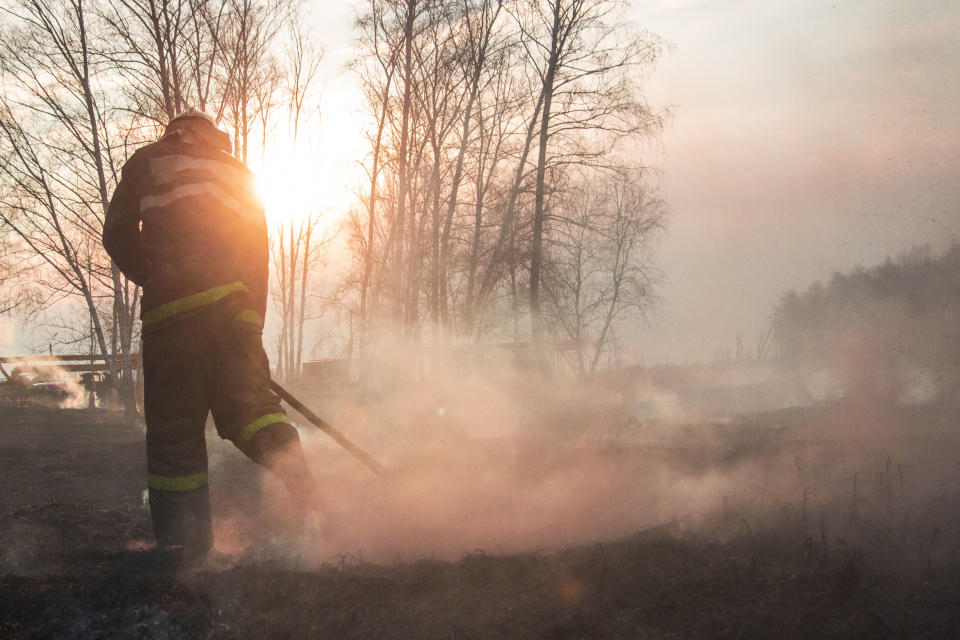
About seven percent of all firefighters in a metropolitan area end up developing COPD, according to a 2014 study published in the International Archives of Occupational and Environmental Health. And around 10 percent of all firefighters who were involved with the World Trade Center cleanup in New York City have COPD, according to another 2018 study published in the journal Chest. “Years of exposure, not only to smoke, but to other burning chemicals, can take its toll on your lungs,” says Harlan Weinberg, MD, medical director of the Intensive Care Unit of Northern Westchester Hospital in Mount Kisco, N.Y.
While firefighters are always given portable respirators to wear when they are battling smoke and flames, “I’m always surprised by the number of men and women who come into my office with COPD-related symptoms and confess that they don’t wear them,” says Weinberg. “But doing so can significantly reduce their exposure risk.”
Construction worker
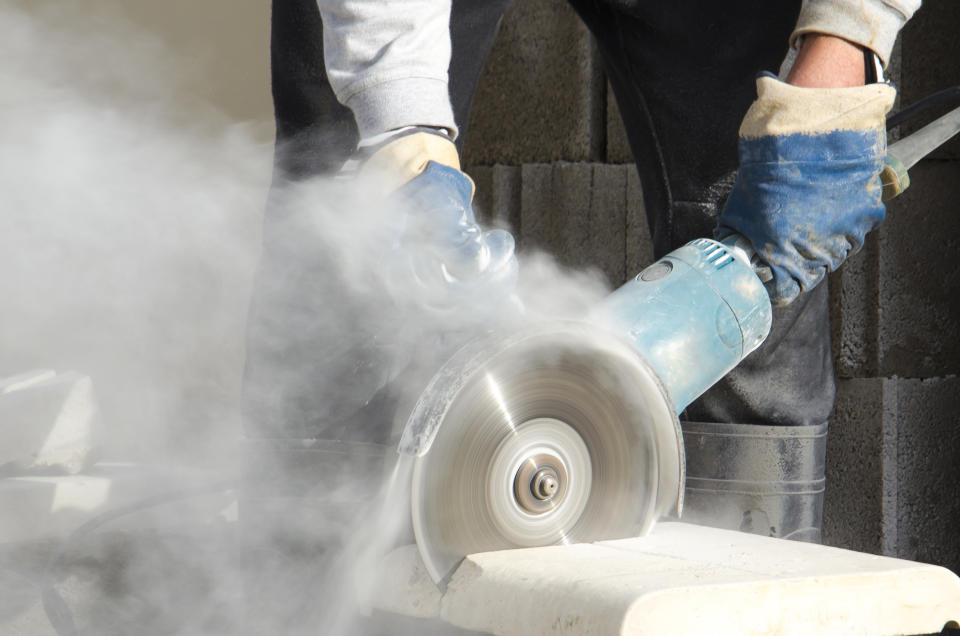
There’s a statistically significant link between construction work and COPD, according to a review of nine studies published in 2017 in Occupational Medicine journal. Another Duke study found that about 15 percent of construction workers had COPD, with the highest levels among cement and brick masons and plasterers. “It’s not just construction dust: it’s exposure to asbestos, welding fumes, silica and even solvents,” says Sala.
One common way construction workers are exposed to dust is through cutting building materials. This can be greatly reduced by using a technique called wet cutting, where a hose is attached to the cutting device that spurts out water. This dramatically minimizes the amount of dust produced. Employers are also required to provide respiratory protection, but it varies according to the hazard. A filtering face piece respiratory can protect you against dust, but you’ll need an air-purifying respirator if you’re exposed to solvent vapors.
Farmer
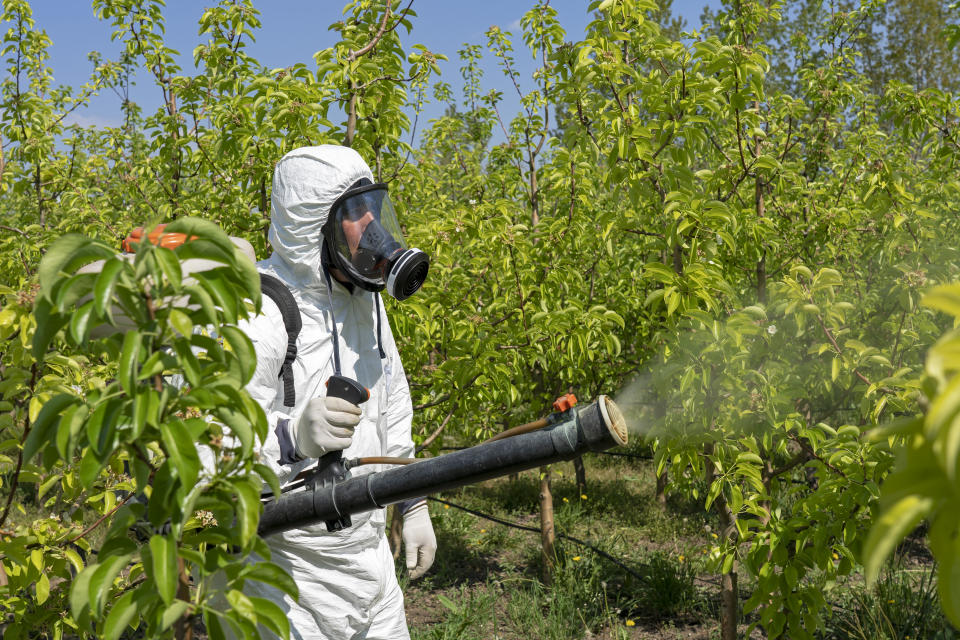
Farmers are about twice as likely to develop COPD as non-farmers, according to a 2016 review published in the European Respiratory Journal. The culprits include crop dust, as well as chronic exposure to animal feces and mold in grain and hay, says Rovner.
There are a bevy of protective measures farmers can take, including making sure hay and crops are dried before storing to avoid mold growth, he says. Wearing a respirator can help prevent dust inhalation, and also making sure you have as much ventilation as possible when working in dry, dusty areas.

